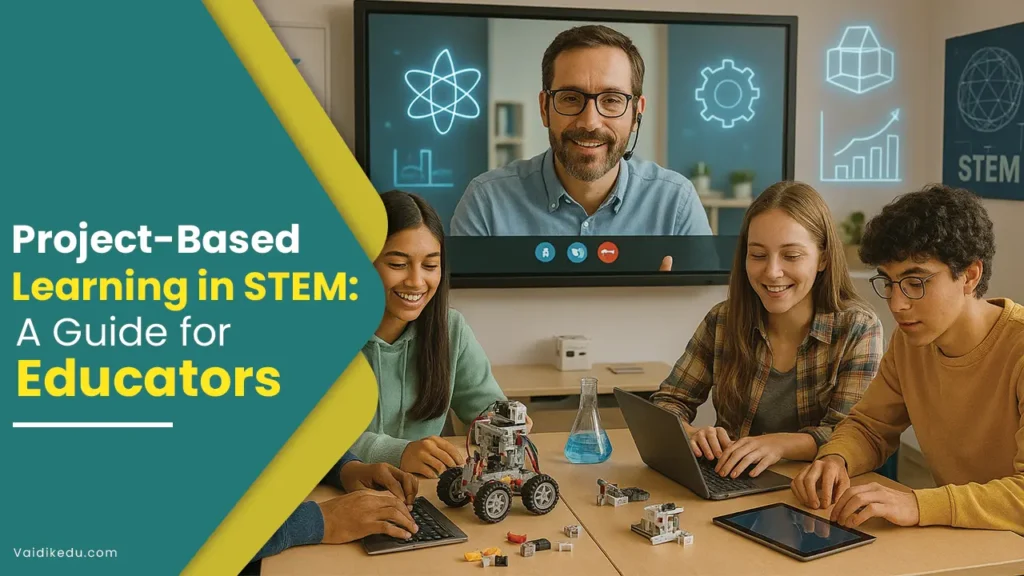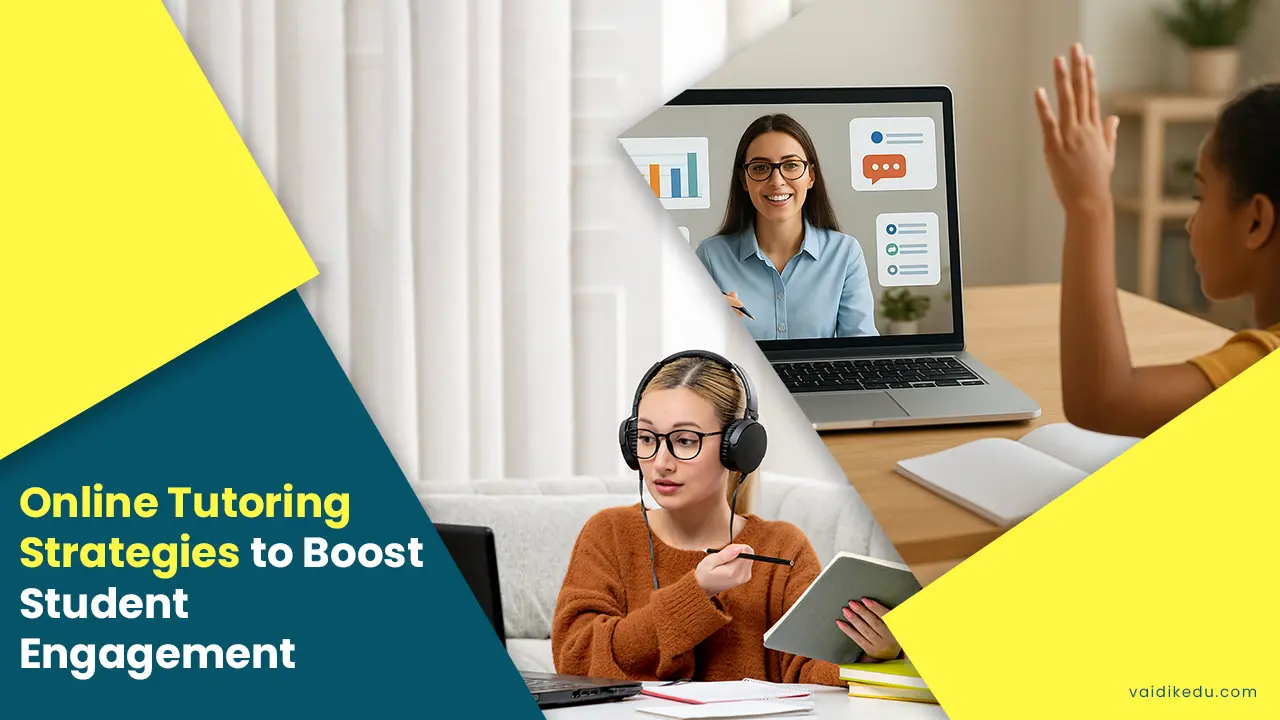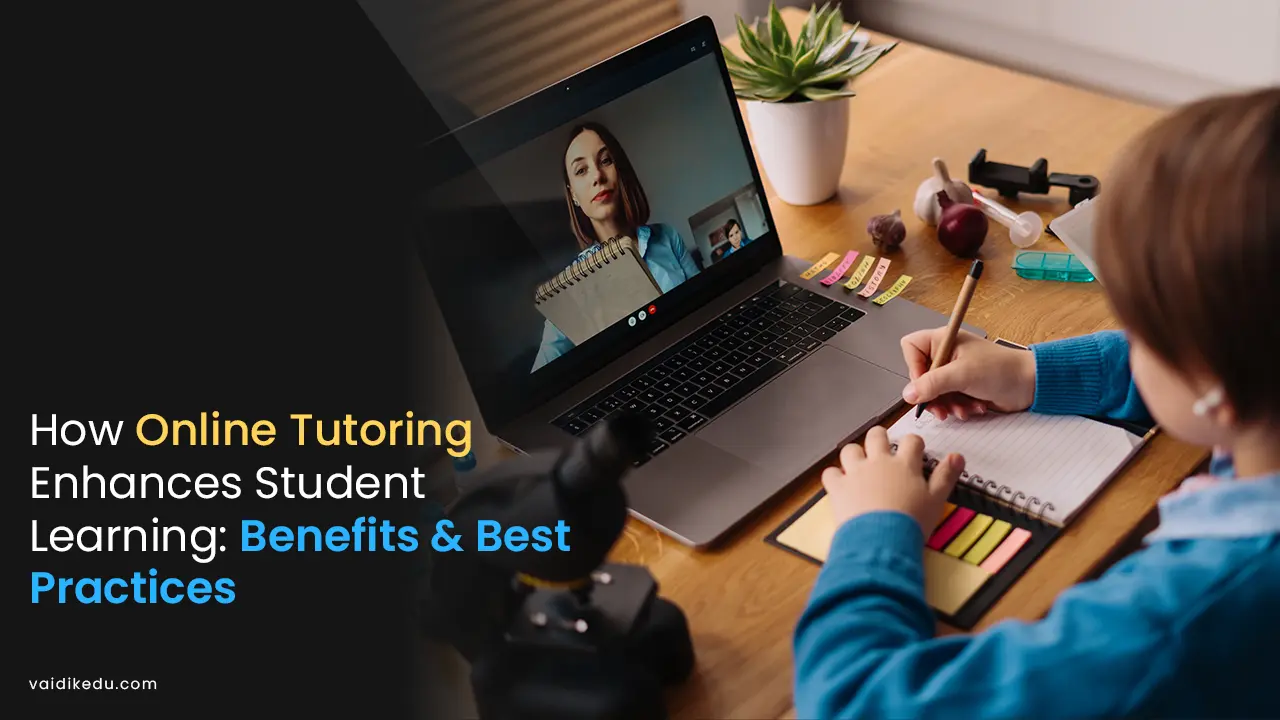Project-based learning (PBL) is a practical approach to teaching and learning that involves students analyzing and finding solutions to a real-world problem under the guidance of educators.
Due to minimal intervention from the educators and students having to find their path to overcome the challenges and hurdles mostly by themselves, this mode of learning is accepted to be one of the most effective in boosting confidence and bringing out creativity in students.
In the context of STEM (Science, Technology, Engineering, and Mathematics), PBL can be especially effective in helping students apply theoretical knowledge to practical problems, develop critical thinking skills, and build teamwork capabilities.
Core Principles OF Project-Based Learning
- Real-World Relevance: The project is based on a real-world problem preferably local to the area making its study and implementation more accessible while also contributing to society.
- Student-Centered: Educators facilitate rather than direct the learning process, providing guidance and resources as students work through their projects.
- Extended-Time Frame: Deep investigation, experimentation, and implementation take time and therefore a project may span weeks or months depending on its complexity.
- Collaboration: Collaboration with peers and if needed with other experts in the field is an integral part of a project.
- Product: The project generates a product in the form of a new idea, a finding, or a prototype presented to an audience or evaluators.
Steps For An Educator To Implement Project-Based Learning in STEM Education
1. Setting Clear Objectives And Outcomes: Clearly defining what is to be achieved by the project and how the students will benefit from it is of prime importance. The whole design and implementation of the project revolves around it.
2. Designing The Project: The project must be designed per the grade level and available resources while also ensuring the fulfillment of the set objectives. The project must have a real-world connection and should leave a positive impact on the student and society.
3. Planning And Managing The Project: The project may be divided into manageable tasks and assigned to the team members. The timeline and expectations must be conveyed to the students. Also, it must be ensured that students have access to the tools, materials, and resources they need for research, design, and testing.
4. Facilitating Learning: An initial discussion may be carried out with the students to direct them in the right direction. After that regular assessments of the progress must be carried out and any query or difficulty must be resolved.
5. Assessment And Evaluation: The final product of the project must be evaluated for the fulfillment of the set objectives and detailed feedback must be provided. The evaluation may be done through a presentation from the students explaining the methodology employed for carrying out the project.
Celebration of good work done goes a long way in boosting student’s confidence and encourages them to carry out further projects in the future.
Examples of STEM Project Based Learning Ideas
- Renewable Energy Solutions: Students design and build prototypes of renewable energy sources (wind turbines, solar panels) and test their effectiveness.
- Robotics And Automation: Students create robots to solve specific problems, like sorting objects or assisting in rescue missions.
- Environmental Science: Students design sustainable solutions to environmental issues, such as creating a water filtration system or designing a zero-waste community.
- Space Exploration: Students plan a hypothetical mission to Mars, designing a spacecraft and conducting simulations of the journey.
- Engineering For Good: Students create assistive devices for people with disabilities, such as a wheelchair ramp or adaptive technology.
Challenges To Project-Based Learning
1. Time-Intensive: PBL often requires more time than traditional teaching methods. Projects typically span several weeks, and students need time to research, design, test, and revise their work. This can be difficult to manage within tight curriculum timelines or when covering a large volume of content.
2. Resource Demands: PBL can require significant resources, such as materials, technology, and access to expert knowledge. Not all classrooms are equipped with the resources needed for such projects, and providing them could require additional funding or logistical planning.
Conclusion
Project-based learning in STEM education provides students with a unique opportunity to engage deeply with complex, real-world issues. By combining knowledge, creativity, and critical thinking, students not only master key concepts but also develop skills that are essential for success in the 21st century.
However, it is highly time intensive and the requirement of additional resources poses a challenge to be overcome before it can be widely implemented. Through careful planning, collaboration, and reflection, educators can create engaging and meaningful learning experiences that inspire future innovators in the STEM fields.
Frequently Asked Questions
Project-based learning is a practical approach to teaching and learning that involves students analyzing and finding solutions to a real-world problem under the guidance of educators.
PBL provides a way to apply theoretical knowledge to practical problems refining investigative capabilities and developing critical thinking skills in students.
The role of the educator is to design the project, guide the student throughout the project with minimal intervention to allow for independent thinking, and evaluate the project product.
Lack of resources and higher costs relative to traditional classroom learning may be considered a major hurdle in its widescale implementation.









